Steam should be distributed at high pressure as it has low volume and impacts the inventory and its cost. At the same time it should be used at low pressure, as it has high latent heat at low pressure .Thus the function of lowering the pressure at the point of use is done by the PRS [Pressure Reducing Station]
This is done by a number of individual components arranged in a modular form called as a station.
Return On Investment
All the components, Valves, Separators, Trap modules, piping elements etc are manufactured by UKL and provided as a complete PRS, to give optimum results for effective steam utilization.
The UKL Pressure Reducing Station is optimally sized to ensure a balanced techno-economic design. Use of Klinger Piston Valves for isolation, will eliminate valve passing & leaking problems. Available with self actuated PRV as well as with externally Pneumatic Control valves.
Sizes range from 15 mm to 200 mm.
Enquire Now

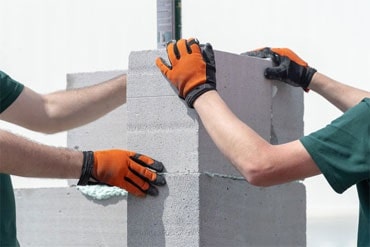 Aerated Concrete Block Industry
Aerated Concrete Block Industry 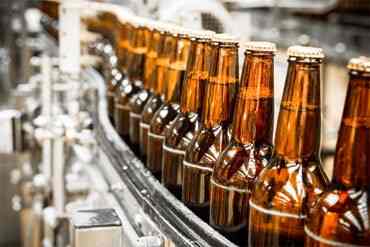 Brewery Industry
Brewery Industry 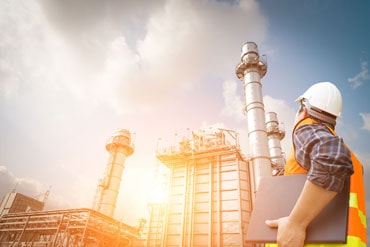 Captive Cogen Industry
Captive Cogen Industry 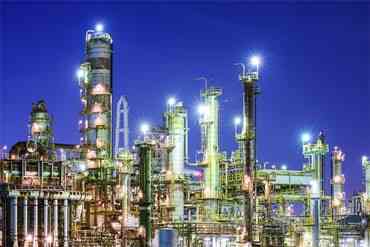 Chemical Industry
Chemical Industry  Dairy Industry
Dairy Industry 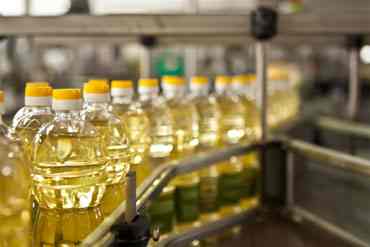 Edible Oil Industry
Edible Oil Industry 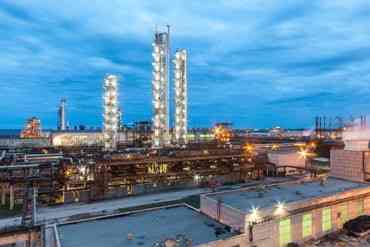 Fertilizer Industry
Fertilizer Industry  Hotel Industry
Hotel Industry 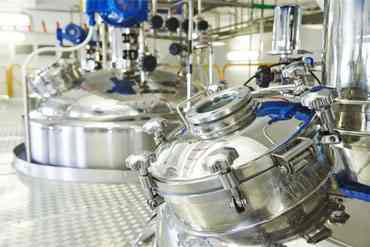 Pharma Industry
Pharma Industry 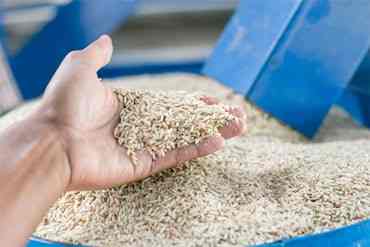 Rice Industry
Rice Industry 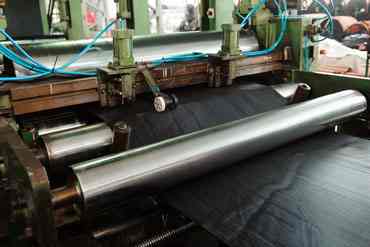 Rubber Industry
Rubber Industry  Soap Industry
Soap Industry 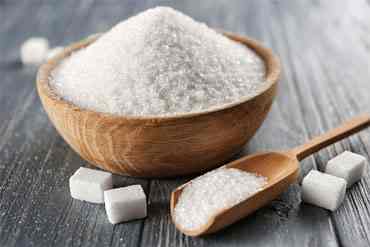 Sugar Industry
Sugar Industry  Textile Industry
Textile Industry 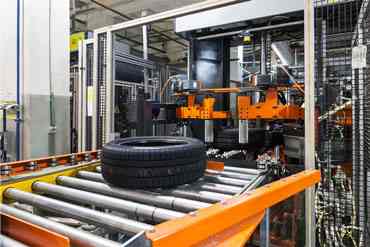 Tyre Industry
Tyre Industry
UPRS
UKL Pressure reducing station in carbon steel construction as per ASTM A216 Gr WCB
Screwed-BSP/BSPT/NPT
Socket weld
Flanged #150/#300(weld-on)
IBR/Non-IBR
Higher pressure ratings
Datasheet (Metric)
Datasheet (Imperial)